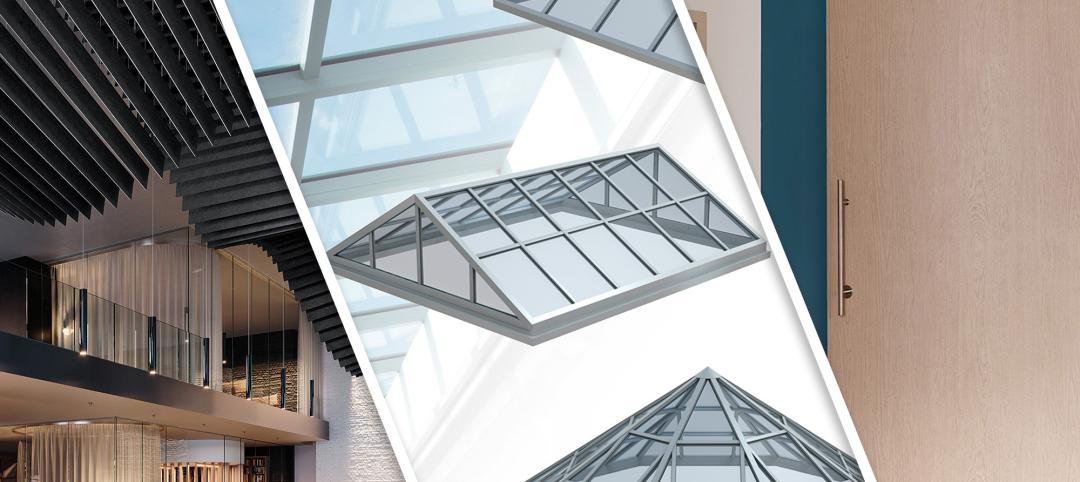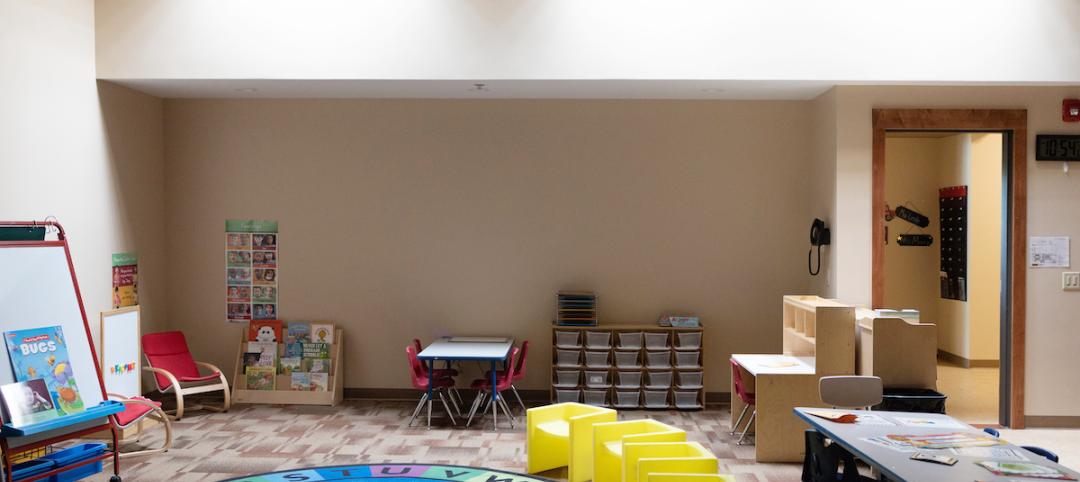Released today, the fifth annual SYLVANIA Socket Survey from OSRAM SYLVANIA finds that consumers are adjusting to new legislation and energy-efficient lighting options, with about half saying that they plan to switch to new lighting technologies. Federally mandated legislation, which was enacted in 2007, has already begun phasing out two incandescent-bulb wattages (100-watt in 2012 and 75-watt in 2013) and will begin its final phase in January 2014 with 60- and 40-watt bulbs.
OSRAM SYLVANIA’s industry-benchmark Socket Survey shows that 38 percent of those polled are aware that the 100-watt bulb was phased out in 2012, which is up from just 29 percent last year and 19 percent in 2010. While these findings show an increase in consumer awareness of the initial legislative phase outs, nearly half are unaware that there will be additional wattages phased out in 2014.
“Consumers are taking time to evaluate their lighting choices, which are now more abundant than ever, and accepting more energy-efficient options,” says Rick Leaman, president and CEO, OSRAM SYLVANIA. “Our company remains dedicated to offering the very best in next-generation lighting choices because it is our responsibility to keep pace with the ever-changing world of technology to meet the various needs of our consumers.”
More than a third of Americans have evaluated their lighting options in the past six months, and more than half (53%) have done so in the past year. With lighting education promoting the acceptance of energy-efficient alternatives and about half of consumers planning to switch to new technologies, it is evident that consumers are shifting their lighting preferences based on their understanding of the evolving industry.
Commissioned annually by OSRAM SYLVANIA, the SYLVANIA Socket Survey is the industry’s foremost national measurement of the evolving consumer lighting landscape. Now, in its fifth year, the survey shows a significant decrease — a 16% drop year over year — in those who said that they have incandescent bulbs in their homes. About one in 10 consumers say that they have LED bulbs in sockets.
Additional findings of the 2012 SYLVANIA Socket Survey include:
Consumer Habit and Trends
- Since 2008, the number of consumers that listed “burned out or broken" as their main reason for switching out their bulbs dropped by 10 percent. 68 percent of Americans say that they have switched lighting for increased energy efficiency.
- While replacement of burned out or broken bulbs and energy efficiency remain as top reasons why consumers choose to switch bulbs, they are increasingly interested in the amount of light (up 16 percent since 2008) and quality of the light color produced (up 19 percent since 2008).
- Longevity, brightness, energy efficiency and price are the top light bulb evaluation factors and are considered important by 9 in 10 consumers.
- Instituted in last year’s survey, the value that consumers are placing on their lighting products being made in America has increased, as 77 percent of Americans now believe it is important that their bulbs are “Made in America.”
Phase-Out Preparedness and New Technology Adoption
- Consumers are evenly split about their awareness of the phase-out of additional wattages through 2014.
- Six in 10 consumers say that they are more excited about the phase-out than they are concerned about it, yet 28 percent of respondents are still worried, as they prefer using traditional incandescent bulbs.
- Sixteen percent of respondents say that they plan to save up or “hoard” 100-watt incandescent bulbs while they are still available, which is very similar to the 13 percent that said that they would stockpile 100-watt bulbs in 2009, 2010 and 2011.
- About half of consumers are likely to switch to alternative technologies, significantly less than in 2010 and 2009. While the remainder is more likely to use lower wattages or stock up on 100-watt bulbs.
The survey was conducted over an 8-day period in November, 2012. More than 300 interviews were conducted via landline and cell phone.
(http://www.sylvania.com/en-us/tools-and-resources/surveys/Pages/socket-survey.aspx)

Related Stories
Sustainability | Apr 8, 2024
3 sustainable design decisions to make early
In her experience as an architect, Megan Valentine AIA, LEED AP, NCARB, WELL AP, Fitwel, Director of Sustainability, KTGY has found three impactful sustainable design decisions: site selection, massing and orientation, and proper window-to-wall ratios.
Daylighting Technology | Mar 19, 2024
Texas pet shelter uses tubular daylighting devices to enhance adoptions
Natural light from tubular daylighting devices has fostered a healthier atmosphere and improved pet adoptions at an animal services facility in Grapevine, Texas.
ProConnect Events | Dec 29, 2023
7 ProConnect events scheduled for 2024, including all-new 'AEC Giants'
SGC Horizon present 7 ProConnect events in 2024.
75 Top Building Products | Dec 13, 2023
75 top building products for 2023
From a bladeless rooftop wind energy system, to a troffer light fixture with built-in continuous visible light disinfection, innovation is plentiful in Building Design+Construction's annual 75 Top Products report.
75 Top Building Products | Aug 7, 2023
Enter today! BD+C's 75 Top Building Products for 2023
BD+C editors are now accepting submissions for the annual 75 Top Building Products awards. The winners will be featured in the November/December 2023 issue of Building Design+Construction.
Products and Materials | Jul 31, 2023
Top building products for July 2023
BD+C Editors break down 15 of the top building products this month, from cleanroom doors to window storm protection systems.
Apartments | Jun 27, 2023
Dallas high-rise multifamily tower is first in state to receive WELL Gold certification
HALL Arts Residences, 28-story luxury residential high-rise in the Dallas Arts District, recently became the first high-rise multifamily tower in Texas to receive WELL Gold Certification, a designation issued by the International WELL Building Institute. The HKS-designed condominium tower was designed with numerous wellness details.
K-12 Schools | May 25, 2023
From net zero to net positive in K-12 schools
Perkins Eastman’s pursuit of healthy, net positive schools goes beyond environmental health; it targets all who work, teach, and learn inside them.
Intelligent Lighting | Feb 13, 2023
Exploring intelligent lighting usage in healthcare, commercial facilities
SSR's Todd Herrmann, PE, LEEP AP, explains intelligent lighting's potential use cases in healthcare facilities and more.
K-12 Schools | Dec 23, 2022
Vacant Target store in Minnesota turned into early childhood education center
Lincoln School, a former 90,000-sf Target retail store in Fergus Falls, Minn., was repurposed into Independent School District 544’s newest campus.

















